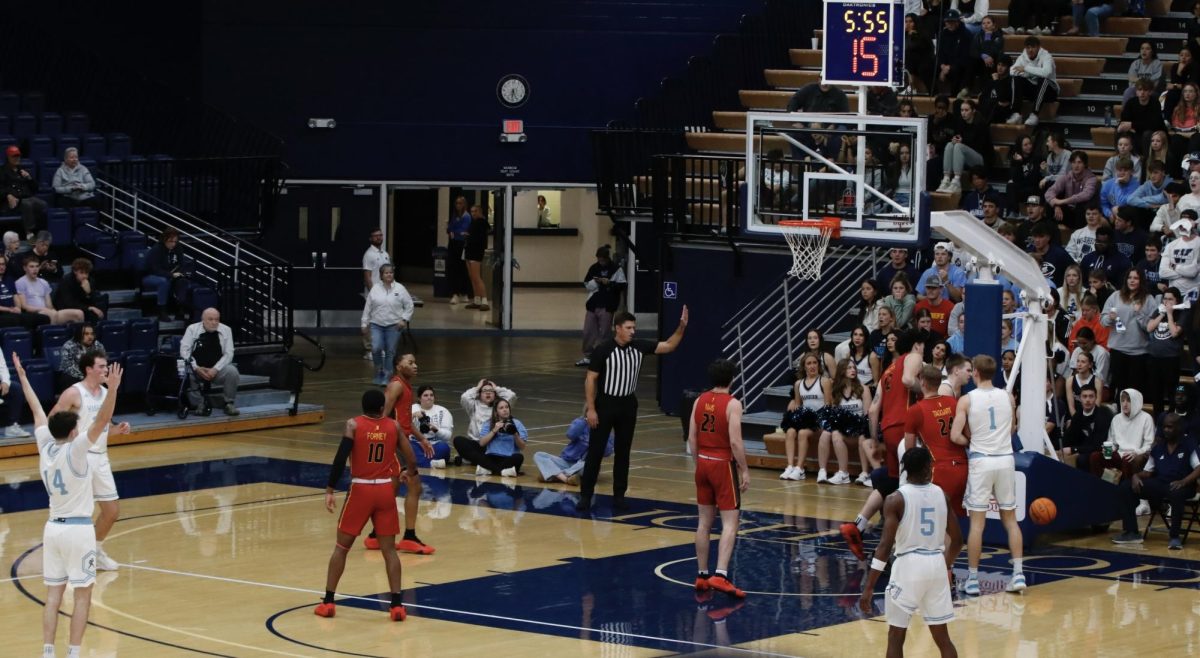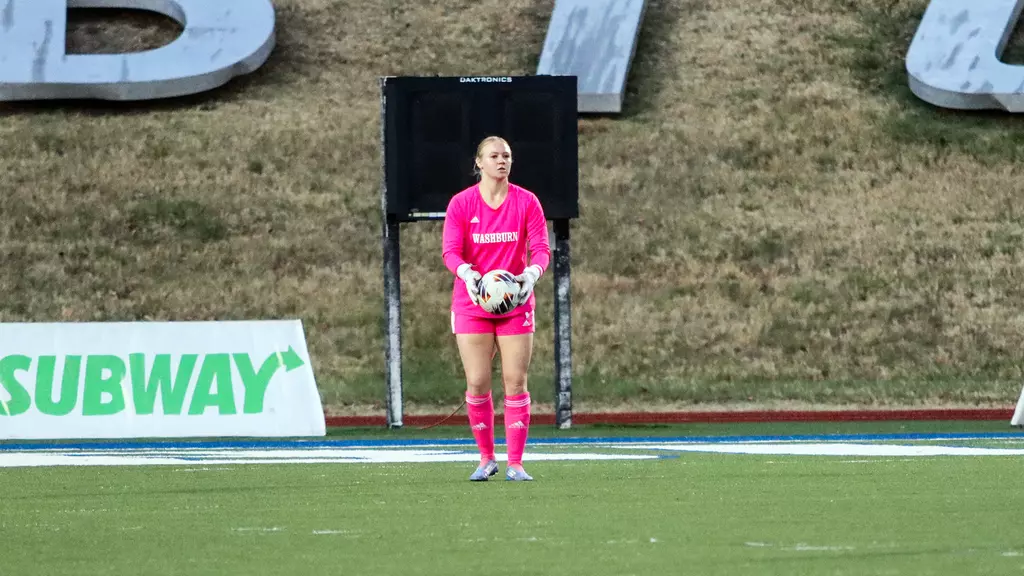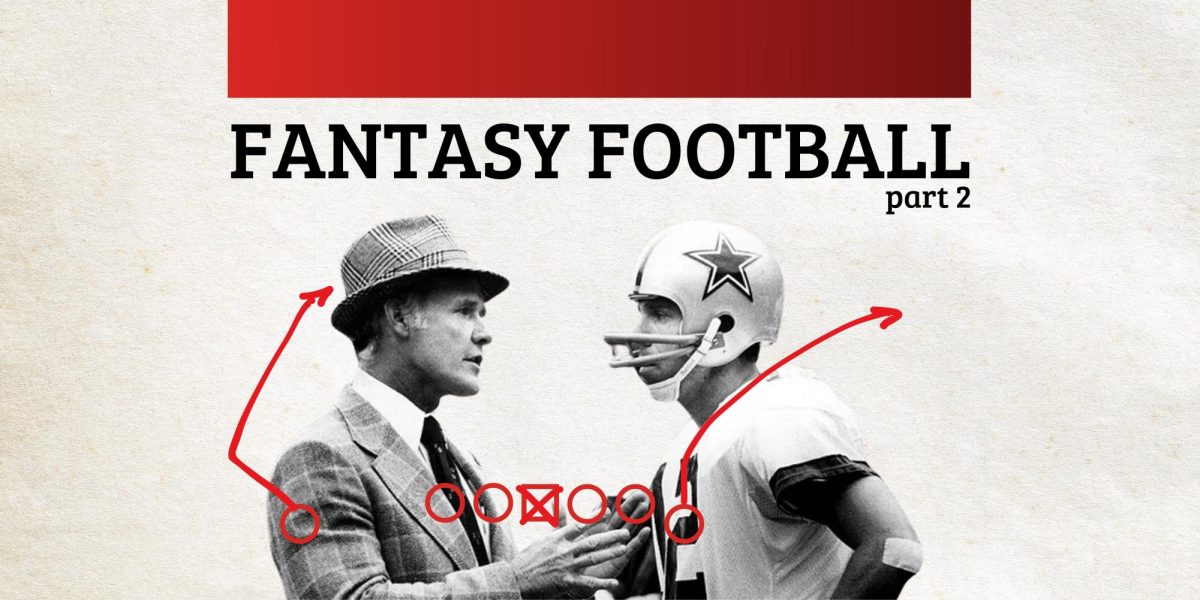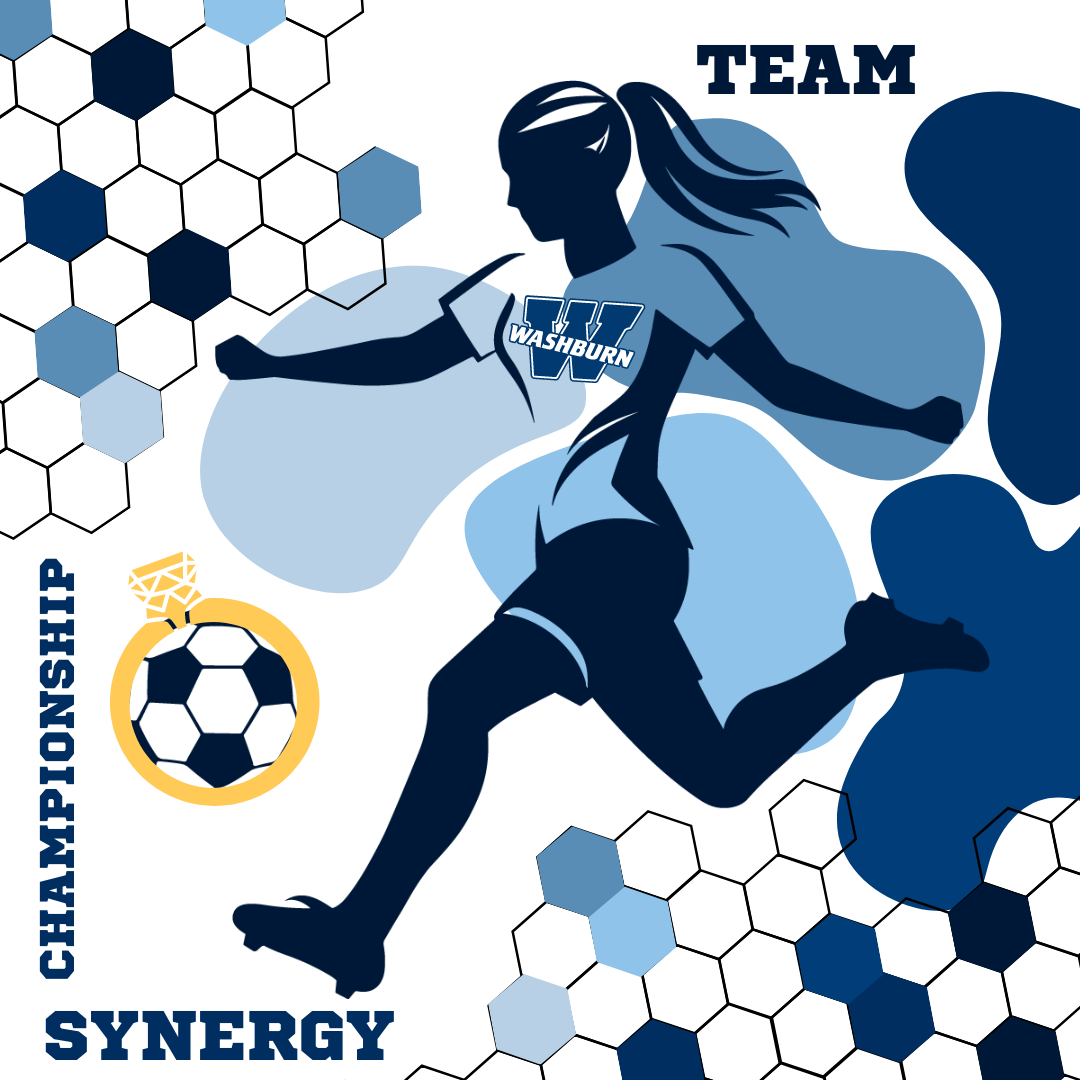Fantasy football has become a cultural phenomenon, connecting NFL fans through an engaging virtual game that allows participants to become “team managers” in their own right.
More than a pastime, it has grown into a multi-billion dollar industry with 29.2 million people in the United States playing fantasy football as of last year, according to Statista Research. Fantasy sports, in general, now account for over $11 billion annually, led by platforms like DraftKings and FanDuel, which introduced daily fantasy competitions in the early 2010s.
For those unfamiliar, fantasy football allows players to draft their own teams from real NFL players and compete in leagues, with the players’ actual performance on the field translating into points for the fantasy team. It’s a game of strategy, statistics and predictions, rewarding those who stay on top of the ever-shifting landscape of professional football.
To get a deeper understanding of the game and learn how to play, we spoke with four fantasy football enthusiasts—Matheus Chaves, Natan Campos, Sam Van Dyne, and Jenny Voegeli—each with unique insights into the game.
How to Start: The Basics of Fantasy Football
Before jumping into advanced strategies, it’s essential to understand how fantasy football works. Typically, participants join a league, either with friends, family, co-workers or strangers, where they draft NFL players to create their team. Over the course of the NFL season, each player’s real-life stats contribute to the fantasy team’s success. Key positions include quarterbacks, running backs, wide receivers, tight ends, and defense/special teams (D/ST). Fantasy players score points based on yardage, touchdowns, receptions and defensive accomplishments.
Preview of Fantasy Football on Sleeper. Easy to use. Customizable. Social.]
Sam Van Dyne, sophomore finance major at Washburn University and casual fantasy player, explains how the commitment level can vary
“I check my team pretty often during game days, like Thursday night, Sunday and Monday. But during the week, I probably spend less than an hour managing my roster,” Van Dyne said.
This low-maintenance style of play appeals to many, allowing participants to stay engaged with the NFL without needing to dedicate significant time.
Drafting Strategy: Adaptability
The most crucial moment in any fantasy football season is the draft, where managers select players for their teams. Matheus Chaves, content creator and an Expert Ranker for FantasyPros, advises paying close attention to positional value and consistency.
“The best tip I can give you is: do not get so attached to some strategy or some player. Every league is a league, every draft has its own way of unfolding,” Chaves said.
With that being said, here are some of the famous strategies.

- Zero RB: This strategy focuses on avoiding running backs in the early rounds and prioritizing elite wide receivers and tight ends instead. The idea is to fill your lineup with top-tier receivers, then pick up running backs later, either relying on backups or injury replacements who may emerge during the season.
- Hero RB: In this strategy, managers draft one elite running back early (usually in the first or second round), then focus on drafting wide receivers, tight ends and quarterbacks in the subsequent rounds. The single “hero” running back anchors the team, while the rest of the roster is built with strong players at other positions.
- Elite QB: This approach involves drafting a top-tier quarterback early, usually in the first few rounds, to secure a consistent weekly scorer. While many people wait until later rounds for a QB, this strategy ensures they get a reliable, high-performing QB like Patrick Mahomes or Josh Allen, giving them an edge at the position.
- Good Offense Only: With this strategy, managers focus on selecting players from teams with high-scoring offenses, regardless of position. The idea is that players on high-powered offenses will have more opportunities to score touchdowns and rack up fantasy points. This can mean drafting skill players from teams like the Kansas City Chiefs or the Buffalo Bills.
Understanding Player Value and Staying Informed
Since the rise of fantasy football in the late 2000s, strategies have evolved considerably. Natan Campos, manager of his family’s gas company and self-professed “hardcore fan” who manages nine fantasy teams, shares his experience:
“When I first started playing in 2018, running backs were the most valuable asset in fantasy. They were heavily featured in games, and elite running backs could carry your team. But now, wide receivers and even tight ends are becoming more crucial to draft early,” Campos said.
Also, player value in fantasy football fluctuates based on real-life performance, injuries and even trades. Some positions, however, consistently offer more points or are more challenging to replace than others. According to Campos, who frequently monitors NFL stats and Twitter for updates from insiders like Adam Schefter and Ian Rapoport.
“A good fantasy manager needs to stay informed if he wants to have a competitive edge over the rest of his league,” Campos said.
How to Manage Your Team Throughout the Season
Managing a fantasy football team involves more than just drafting well. Throughout the NFL season, managers must adjust their lineups based on player performance, injuries and bye weeks. Keeping up with the waiver wire—where undrafted players can be added to teams—is crucial.
On one hand, it happens that some managers become attached to their team and this is also part of the game. Jenny Voegli, senior accounting and finance major, mentioned being conservative when it comes to managing her team throughout the season:
“I don’t really do much trading or dropping and getting people. I mainly just draft and then that is my team, especially when I like the guy I drafted,” Voegli said.
On the other hand, one of the most exciting parts of fantasy football is making trades. Campos says he lives for the “adrenaline rush” of trading players.
“Being ahead of trends is the key,” Campos said. “If you’re well-informed, you can make your team better.”
The Social Aspect of Fantasy Football
In addition to the strategy and excitement of managing a team, fantasy football fosters strong social connections. Many leagues are formed among friends, family or co-workers, creating an added layer of competition and camaraderie. For Voegli and Van Dyne the season has barely started but they say that definitely when they meet up with their friends who play in the same league, they joke around and even make fun of each other.
Chaves highlights that social aspect extends beyond the fantasy game in Brazil. His Solidarity Fantasy League exemplifies how fantasy football can be used for a greater good, uniting players not just for fun but also for charity. Participants in this league pay an entry fee and the proceeds go to charities or, as happened this year, to the floods that hit southern Brazil and left thousands of families homeless.
Final Thoughts: Getting Started

Fantasy football offers something for everyone, from the casual fan looking for a low-maintenance hobby to the hardcore strategist aiming to win multiple leagues. Whether people play for fun or competition, the game provides a unique way to connect with the NFL, track favorite players and engage with a community of like-minded fans.
“Fantasy football opens up a new world. You start watching games differently, noticing players that others might overlook and thinking about the game beyond just wins and losses,” Chaves said.
With the right mix of strategy, knowledge and a bit of luck, anyone can succeed in the game—no matter their level of experience.
Edited by Jeremy Ford and Morgan Albrecht












